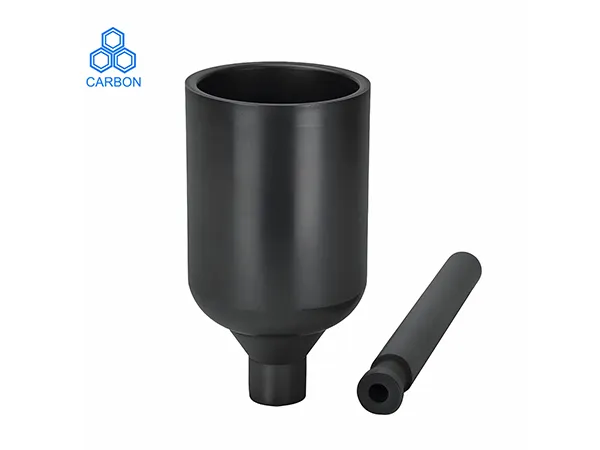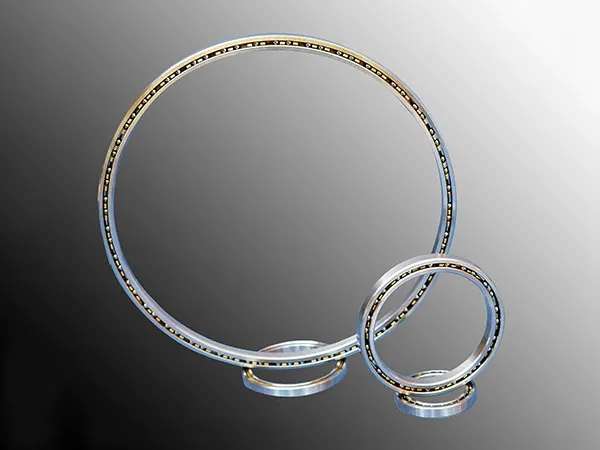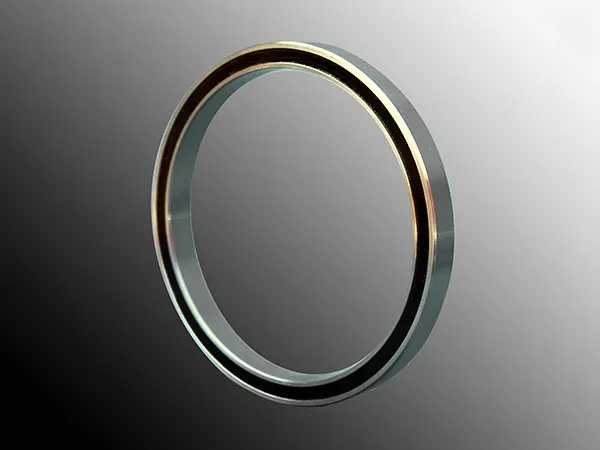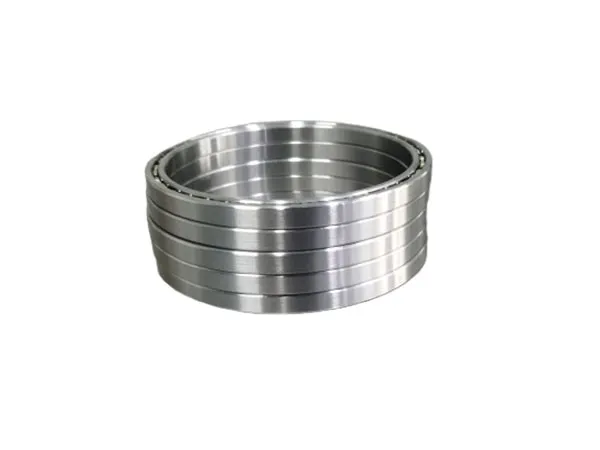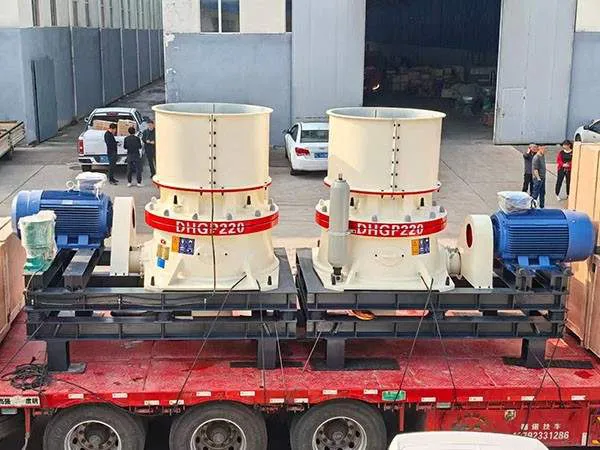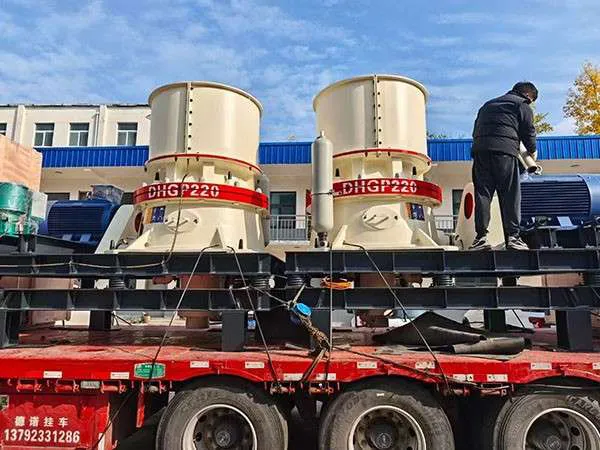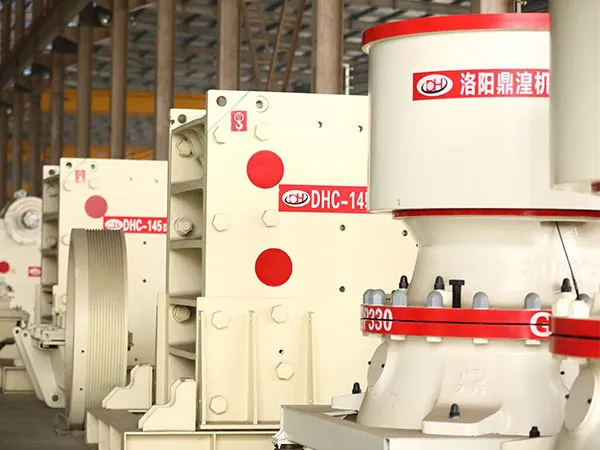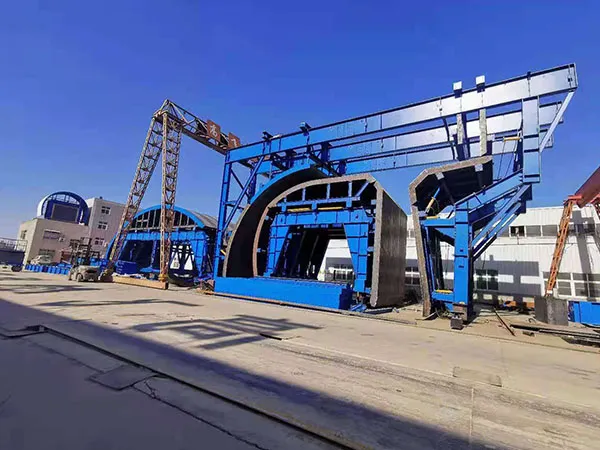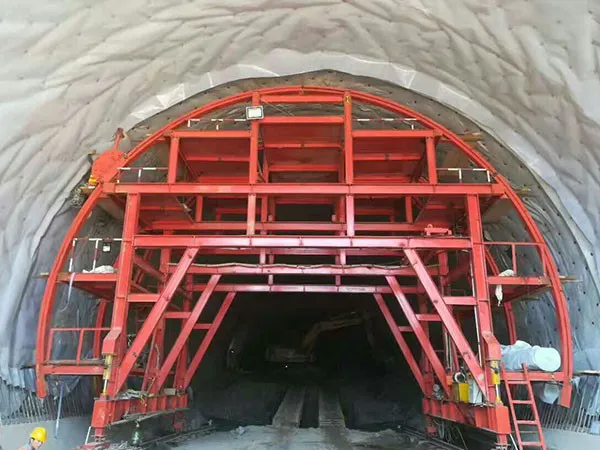High-Temperature Graphite Crucibles: Pioneering a New Era of Efficient and Precise Metal Melting
In today’s fiercely competitive industrial landscape, whether in precision casting, precious metal refining, or advanced materials R&D, the pursuit of ultimate efficiency and exceptional product quality remains the core objective. When it comes to metal smelting, selecting a high-performance melting vessel is undoubtedly key to achieving these goals. Against this backdrop, high-temperature graphite crucibles have emerged as the core solution driving industrial smelting technology advancement and significantly boosting productivity, thanks to their unparalleled comprehensive performance.
Graphite Crucibles: Why Are They the Core Force in Melting Technology?
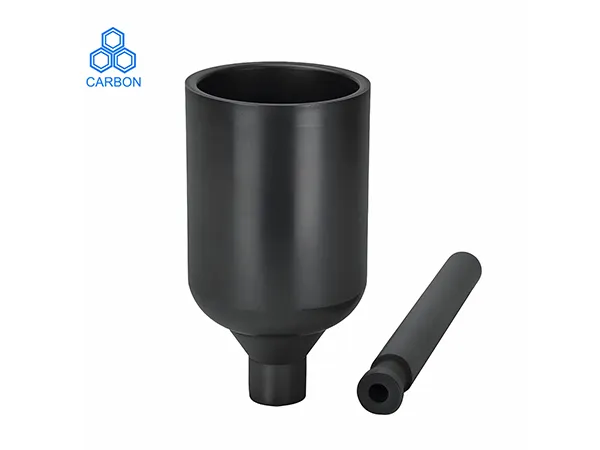
Graphite, this unique allotropic form of carbon, endows graphite crucibles with a series of irreplaceable outstanding characteristics, enabling them to perform exceptionally well in harsh melting environments:
Ultimate High-Temperature Resistance and Structural Stability:
Even in melting environments reaching thousands of degrees Celsius, graphite crucibles maintain exceptional structural integrity, effortlessly handling the melting challenges of various metals—including specialty steels, copper alloys, aluminum alloys, and rare precious metals. This translates to extended service life and reduced downtime caused by equipment failures.
Exceptional Thermal Conductivity: Accelerating Melting Processes
Graphite inherently possesses outstanding thermal conductivity. This enables heat to be uniformly transferred at remarkable speeds to the metal materials within the crucible, significantly shortening melting cycles. Consequently, overall production efficiency is markedly enhanced, saving valuable time and energy for enterprises.
Outstanding Thermal Shock Stability: Withstands Extreme Temperature Fluctuations
During rapid heating and sudden cooling cycles, graphite crucibles demonstrate exceptional thermal shock resistance. They endure the impact of extreme temperature changes without cracking or deformation, substantially extending equipment lifespan and effectively reducing long-term operational costs for businesses.
Exceptional Chemical Inertness: Ensuring Product Purity
With minimal reactivity toward most molten metals and corrosive slags, graphite crucibles minimize impurity contamination. This guarantees higher purity in the molten metal, crucial for producing high-standard, high-performance end products.
…
For more detailed information on the application of graphite crucibles in metal smelting, please click to visit:https://www.czgraphite.com/a/news/applications-of-graphite-crucibles-in-precision-metals.html

